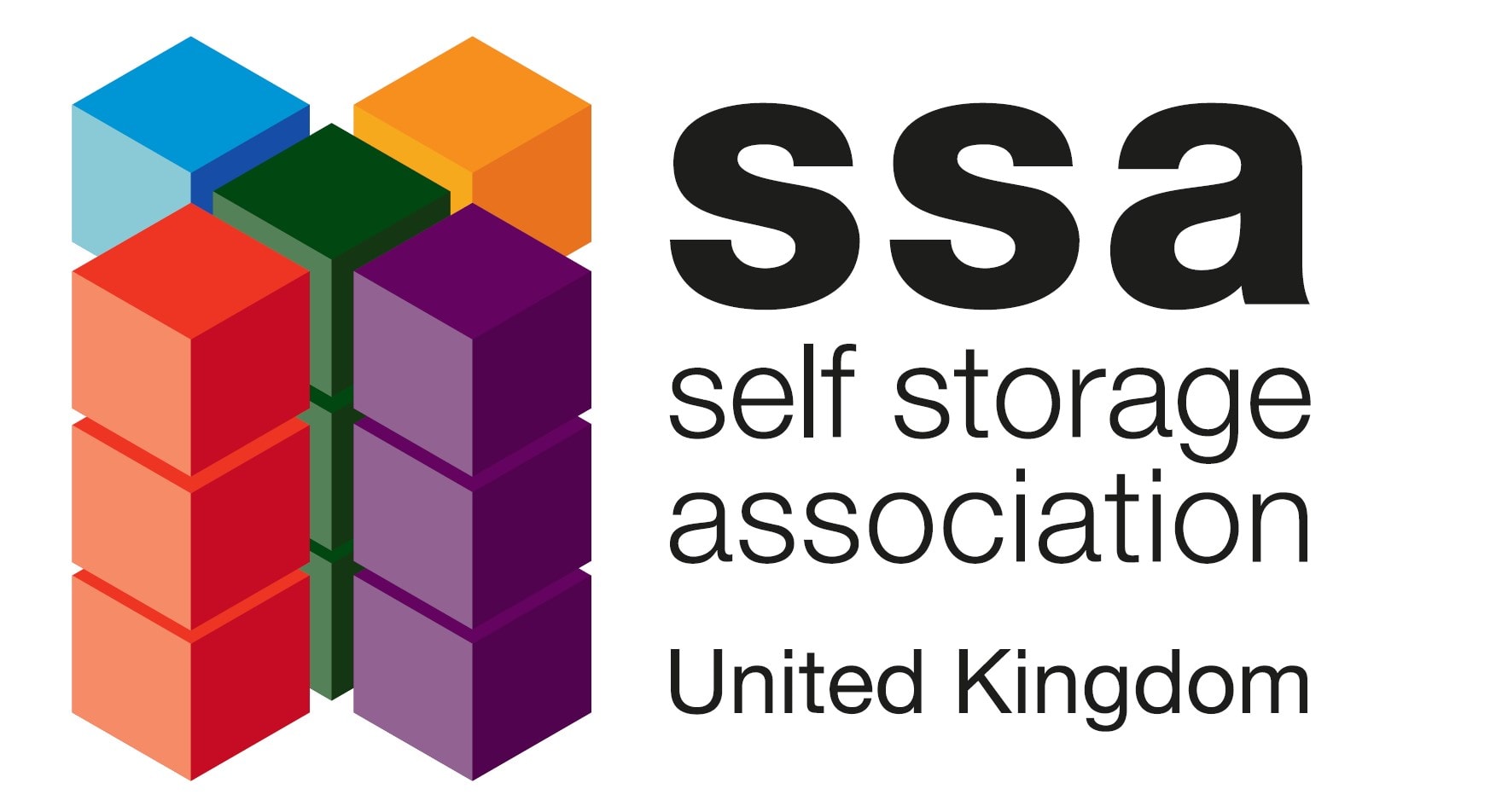LPS1175, PAS68 & IWA14-1 Explained: What Security Standards Really Mean

Vehicle Security Barriers: PAS68 and IWA14-1
For products designed to stop vehicles, two prominent standards are PAS68 and IWA14-1. These are crucial for protecting against vehicle-borne attacks, which could range from accidental collisions to deliberate hostile vehicle mitigation (HVM) scenarios.

PAS68: The UK Benchmark for High-Impact Threats
This Publicly Available Specification (PAS) from the British Standards Institution (BSI) sets out detailed impact test specifications for vehicle security barrier systems, bollards, and road blockers.
What it measures: PAS68 tests assess a product's ability to resist penetration, absorb and redistribute impact energy, and maintain structural integrity. Crucially, it also considers the dispersal of major debris post-impact.
How it's tested: Products are subjected to impacts from specific vehicle types (e.g., a 7,500kg goods vehicle) at defined speeds (e.g., 80km/h) and angles (e.g., 90 degrees). The resulting classification (e.g., PAS 68:2010 7500(N3)/80/90:10.6/11.1) indicates the vehicle type and weight, impact speed, angle of attack, and the penetration distance (how far the vehicle travelled past the back of the barrier).
Test methods: PAS68 allows for real vehicle impact tests, as well as simulated and pendulum tests.
IWA14-1: The International Standard for HVM Barriers
This International Workshop Agreement (IWA) is overseen by the International Organisation for Standardisation (ISO) and was developed with global input, including from the UK and the US. It’s essentially an evolution of the PAS68 standard.
What it measures: IWA14-1 also defines the essential impact performance requirements for vehicle security barriers. Similar to PAS68, it assesses penetration distance and how well the barrier immobilises the test vehicle. Unlike PAS68, it explicitly includes the major debris in the performance rating.
How it's tested: A key distinction is that IWA14-1 only uses real vehicle tests with driverless vehicles to simulate real-world impact scenarios. The classification (e.g., IWA 14-1:2013 V/7200[N2A]/80/90:06) details the test method (V for vehicle), vehicle type and weight, impact speed, angle of attack, and penetration distance.
Penetration measurement: For IWA14-1, penetration is measured from the front of the product (the "datum line"), whereas PAS68 measures from the back face. This can lead to considerable differences for certain product types.
Intrusion Protection: LPS1175
When it comes to protecting buildings and enclosures from forced entry by individuals, LPS1175 is the go-to standard in the UK.
LPS1175: Resistance to Forced Entry with Tools- LPS1175 (Loss Prevention Standard 1175) is a globally recognised benchmark from the Loss Prevention Certification Board (LPCB) for testing and certifying the intruder resistance of physical security products like fences, gates, and enclosures.
What it measures: This standard evaluates how long a product can resist forced entry when subjected to attack using a defined set of tools. It simulates real-world break-in attempts, assuming attackers are prepared to use various tools and make noise.
Security Ratings (SR): LPS1175 uses a grading system that combines a Tool Category (A to H) with a Delay Time (1 to 20 minutes). The higher the category and delay, the greater the resistance.
Tool Categories: These specify the type and power of tools an intruder might use:
- Category A: Opportunist tools, easily concealed (e.g., screwdrivers, knives, pliers).
- Category B: Hand tools with higher mechanical advantage (e.g., Category A tools plus bolt cutters, claw hammers, drills).
- Category C: Wider selection of hand tools with significant mechanical advantage, including those that create noise (e.g., Category B tools plus axes, cold chisels, crowbars, cordless drills, hacksaws).
- Category D: More powerful tools, including some power tools (e.g., Category C tools plus felling axes, sledgehammers, steel wedges, disc grinders, jigsaws).
- Categories E to H: Progressively more powerful tools and greater attack sophistication, including tools typically used by fire and rescue teams (e.g., circular saws, reciprocating saws).
Delay Time: This indicates the minimum time the product can withstand a sustained attack using the specified tools.
Examples of Security Ratings:
SR1 (A1): Resistance to opportunist attacks using easily concealed tools for 1 minute (total test duration 10 minutes). Typical for low-risk domestic or commercial settings.
SR3 (C5): Moderate resistance to determined attacks using a wide range of hand tools with mechanical advantage for 5 minutes (total test duration 20 minutes). Suitable for warehouses or utility rooms.
SR4 (D10): Resistance to experienced attempts at forced entry using power tools for 10 minutes (total test duration 30 minutes). Often required for higher-risk commercial or mission-critical sites.
These standards aren’t just boxes to tick; they provide a factual and measurable benchmark for how a security system will perform under real-world pressure. They offer peace of mind, ensuring a system can be trusted when it matters most.
What Does First Fence Offer in Terms of Certified Security?
At First Fence, we understand that when it comes to protecting people, property, and critical infrastructure, guesswork isn’t an option. That’s why we offer a growing range of LPS1175 SR1-rated products, independently tested and certified to resist opportunist attacks using basic hand tools.
Our current SR1-certified solutions include:
Palifence SR1 Rated Palisade Fencing and Gates: A robust, traditional solution designed to provide visual deterrence and tested intrusion resistance. Ideal for securing commercial, industrial, and utility sites where a higher security rating is essential.
ProFence SR1 Rated Mesh Fencing and Gates: A modern welded mesh system engineered for strength and visibility. It offers an ideal balance between aesthetics and certified protection, making it suitable for data centres, warehouses, and educational facilities.
Contact Us
Want to make sure your next project meets the right one? Contact our friendly sales team on 01283 512 111 or email sales@firstfence.co.uk.












